The Cloud Behind Your Clicks: A Look at Online Tools Today
Not long ago, working on a computer meant relying on a single device. If it failed, your files could be lost forever. Now, everything feels more fluid. You can start a document on your laptop, tweak it on your phone, and finish it at work—all without sending a single email. This seamless experience is thanks to cloud computing. It’s no longer a distant tech concept—it’s embedded in our daily lives and work routines.
From Google Docs to iCloud and Trello, we’re surrounded by cloud-powered online tools. They’ve quietly transformed how we manage data, collaborate, and stay connected—making work simpler, faster, and far more flexible.
How Cloud Computing Changed the Software Game
In the past, software was like buying a car. You picked one, paid for it upfront, and hoped it wouldn’t break. Updating it was a hassle. Sharing work meant transferring files with a USB stick or sending attachments by email. That world is fading fast.
Cloud computing breaks away from that static model. Instead of owning the software, you subscribe to it. Instead of saving files locally, you store them in a data center that could be halfway across the world. The result? You get access to powerful tools all the time, from anywhere.
What is most compelling is the way it facilitates a new type of work. Documents are not files anymore; they’re collaborative spaces. Meetings don’t necessarily require rooms anymore; they reside within video calls with collaborative agendas. Cloud computing turns isolation into connection.
Cloud platforms such as Amazon Web Services (AWS), Microsoft Azure, and Google Cloud Platform do the heavy lifting in the background. They maintain the servers running, back up data, and enable software developers to create seamless applications. Platforms provide everything from storage through processing power to machine learning infrastructures. What was once the job of pricey machines and on-staff specialists is now as easy as opening a browser.
This has fueled a massive explosion in online tools. Whether you’re a small business owner or a student, you now have access to the same kind of computing power that only large corporations could afford ten years ago. And this isn’t just about cost—it’s about freedom. Freedom to choose where you work, when you work, and how you work.
The Rise and Role of Online Tools in Daily Life
Online tools have permeated almost every corner of our daily lives. And it’s not just about productivity software anymore. Need to manage your budget? There’s an app that runs in the cloud. Want to edit videos or photos without using up all your local memory? That’s also possible, thanks to cloud-based services.

Think of online tools as everyday vehicles made possible by highways built with cloud computing. Tools like Notion, Figma, Canva, Airtable, and Zoom are just a few names among hundreds that help people collaborate and create across time zones. They’ve become more than utilities; they are workspaces, whiteboards, meeting rooms, and bulletin boards all rolled into one.
These tools aren’t just convenient—they’re smarter. They often auto-save your work, sync across devices, and allow multiple people to work on the same project in real-time. Many integrate AI features that suggest improvements, flag errors, or automate tasks. That kind of intelligence used to be a luxury; now, it’s the default.
What’s striking about this shift is how invisible it has become. Most of us don’t think twice before opening a web-based app. We don’t question whether our files will be there. This quiet confidence has created a new normal—one that’s mobile, connected, and adaptive.
And it’s not only about solo productivity. Cloud-enabled online tools are the backbone of remote teams. With a shared set of tools, a design team in Berlin, a developer in Nairobi, and a project manager in Toronto can work together like they’re in the same room. That kind of cohesion isn’t just efficient—it’s revolutionary.
Security, Simplicity, and the Real Concerns
No major shift comes without trade-offs. The more you use online tools and cloud platforms, the more you hand over control to third parties. Your data, your privacy, your entire digital life—much of it is stored in places you’ll never see, on servers you don’t own.

That raises questions. Who owns your data? What happens if a platform goes down? What if the tool you rely on starts charging more or suddenly shuts down? These aren’t just what-if scenarios—they’ve happened, and they’ll happen again. Part of using cloud computing is accepting a level of dependence that can feel uncomfortable.
Security is another concern. While cloud providers invest heavily in encryption and defenses, breaches still happen. And because data is centralized, a single breach can affect millions of users. Still, for most users and small businesses, the security provided by major cloud companies is stronger than what they could manage on their own.
Simplicity, though, has been a big win. Cloud computing has taken the friction out of updates, backups, and collaboration. You don’t have to remember to save. You don’t have to install patches. Things just… work. And when they don’t, there’s usually a support team working on it—one you didn’t have to hire.
The key is balance. You can enjoy the freedom and power of cloud-based tools while being mindful of your digital footprint. Choose tools with strong reputations, understand their data policies, and back up essential data in multiple ways. The idea isn’t to distrust the cloud—it’s to use it wisely.
Conclusion
Cloud computing has quietly redefined how we work, communicate, and create. With online tools powered by the cloud, tasks that once felt complex are now seamless and accessible from anywhere. This shift has brought speed, flexibility, and collaboration to the forefront, reshaping daily workflows for individuals and teams alike. While there are valid concerns about data security and dependence, the benefits continue to outweigh the risks for most users. As tools evolve and cloud platforms grow smarter, one thing remains constant—this digital foundation is not a trend but a permanent fixture in how we live and work moving forward.
Related Articles
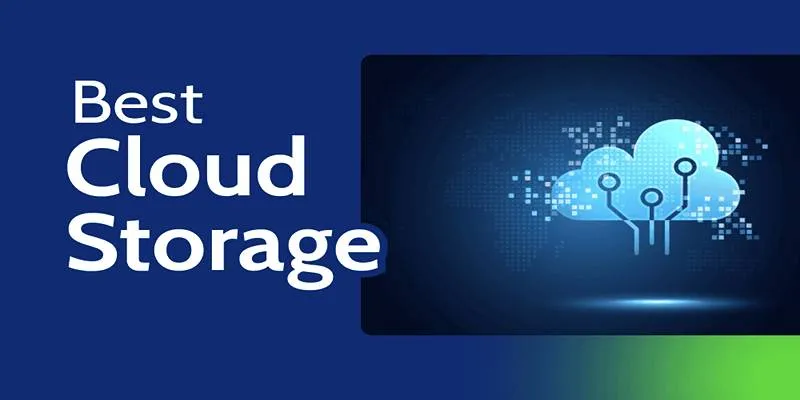
Discover 7 Free Cloud Storage Services You Can Start Using Right Now
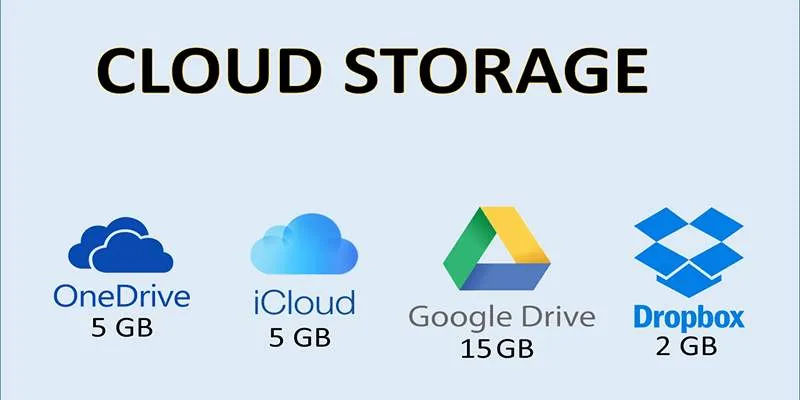
Troubleshooting Cloud Storage Sync Errors: A Step-by-Step Guide

The 10 Best Cloud Storage Apps in 2025: Simplify Your Digital Life

Tools in the Cloud: The Future of Work Made Simple

Discover 7 Free Cloud Storage Services You Can Start Using Right Now

Compress PDF Files Under 1MB While Maintaining High Visual Quality
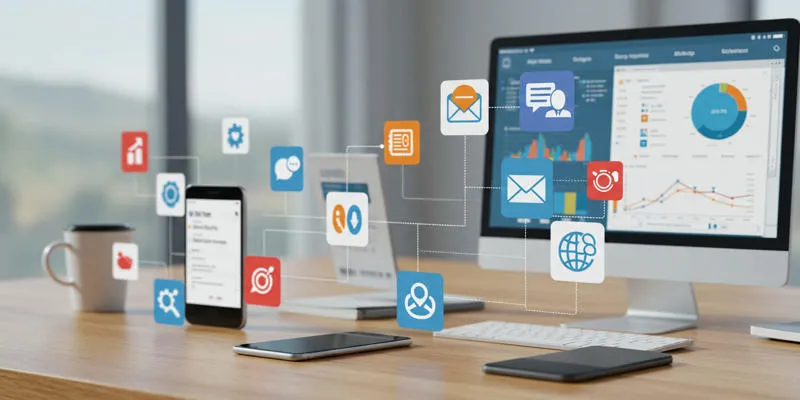
20+ Best Digital Marketing Tools

The 13 Best Campaign Management Software Tools to Streamline Your Marketing
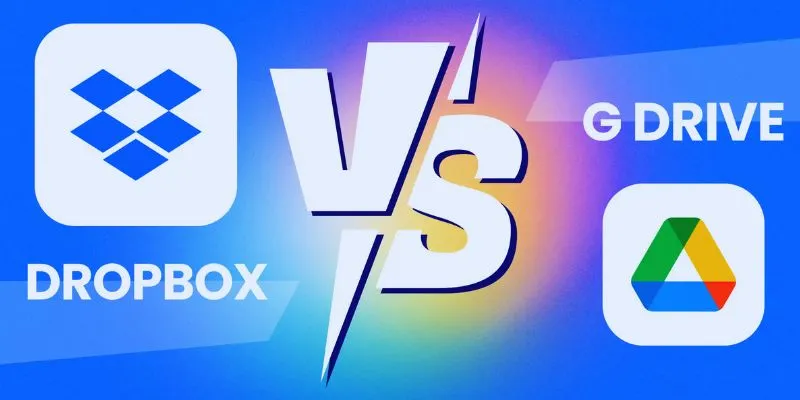
Dropbox vs. Google Drive: Which Cloud Storage Solution Fits Your Needs

VS Code Online, Replit and More: Top IDEs to Code Directly in Your Browser
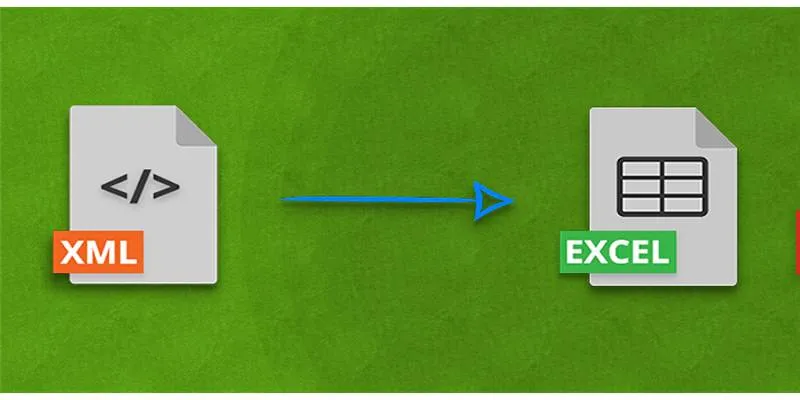
Convert XML to Excel Online – Easy & Quick Method (No Coding Required)

Best Audio Editors to Help You Produce Professional Podcast Episodes
Popular Articles

The 9 Best AI Recruiting Tools
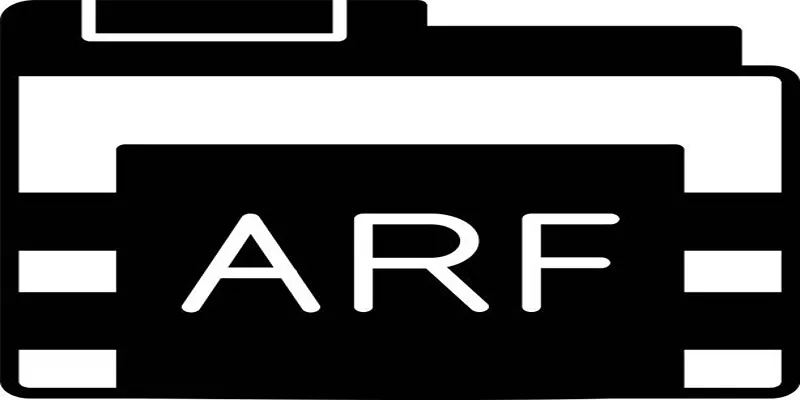
Step-by-Step Guide to Playing ARF Files on Your Windows PC

Usability Testing Simplified: 8 Must-Have Tools for 2025

Step-by-Step Guide to Viewing and Saving Fortnite Replays
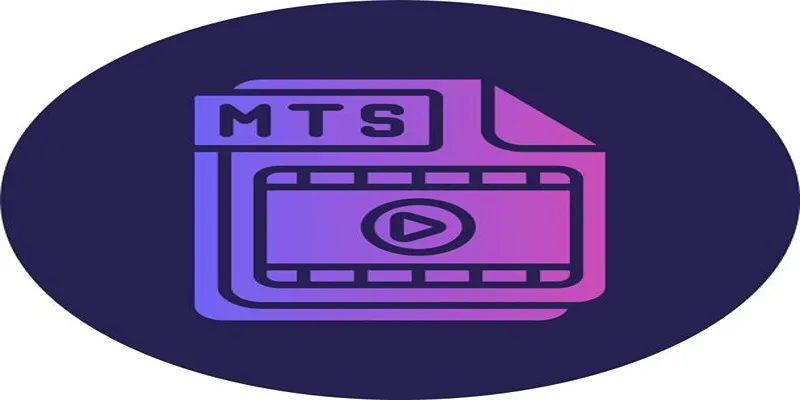
Best Tools to Convert MTS to WMV Without Losing Quality

7 Easy Steps to Use Your Customer List for Creating Custom Audiences on Facebook
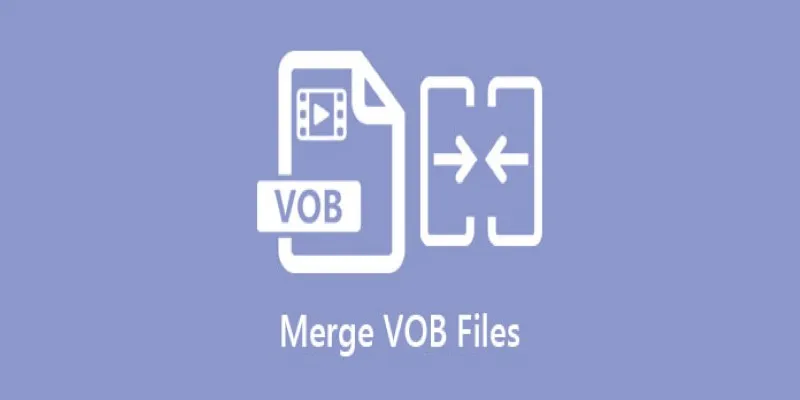
Combine VOB Files in Minutes: 8 Tools and Tricks That Help

Notion Launches Page Verification Feature with Blue Checkmarks

How to Convert MXF to Final Cut Pro X: Simple and Effective Solutions

Compress PDF Files Under 1MB While Maintaining High Visual Quality

A Guide to Converting and Editing Videos for Pocket PCs

 mww2
mww2